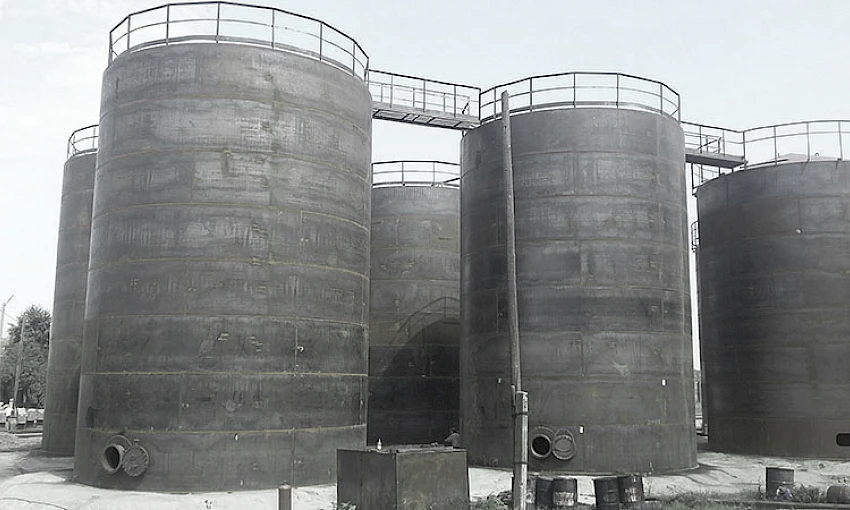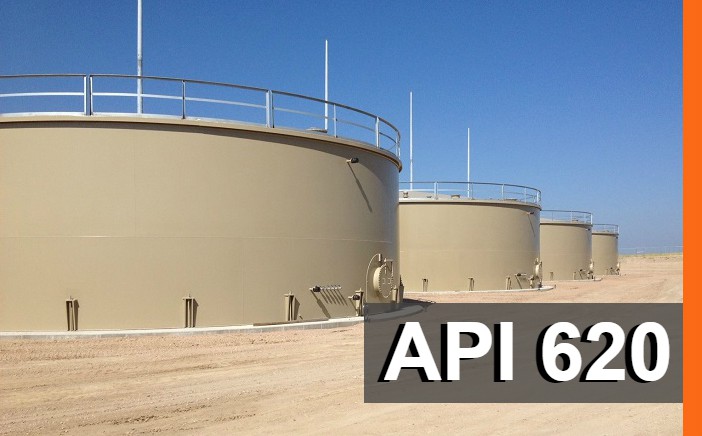A Detailed Look at the Installment Refine of Welding Examination Techniques
Welding inspection is a critical procedure that assures structural stability and security. The installment of inspection techniques includes numerous methodical actions, each integral to accomplishing reliable results. From preparation and tool choice to performing visual and non-destructive examinations, each stage demands cautious interest. Recognizing these procedures can considerably boost quality assurance in welding jobs. What obstacles arise in carrying out these methods, and just how can they be efficiently attended to?
Recognizing the Importance of Welding Evaluation
Welding assessment is a critical component of guaranteeing architectural honesty and safety and security in construction and manufacturing processes. This method includes examining bonded joints for flaws, making certain that they fulfill specific standards and regulations. By systematically gauging weld quality, inspectors can identify issues such as cracks, voids, and incomplete blend, which can endanger the toughness and durability of structures.
The significance of welding inspection extends beyond instant safety worries; it helps avoid costly failures and potential threats in the long-term. Effective inspection strategies foster conformity with market standards, thereby boosting the general dependability of welded parts. In enhancement, a robust inspection procedure adds to keeping the online reputation of makers and home builders, as it ensures clients of the quality of their tasks. Eventually, understanding the relevance of welding evaluation is essential for advertising risk-free building and construction practices and making certain the durability of essential framework and products.
Picking the Right Tools for Examination
When picking the suitable devices for inspection, it is vital to contemplate the particular needs of the welding process and the materials included. Numerous inspection techniques, such as aesthetic, ultrasonic, and radiographic screening, necessitate unique devices customized to their unique demands. For visual assessments, devices like magnifying glasses and calipers are important for evaluating weld high quality. Ultrasonic screening calls for specialized devices efficient in transferring and getting audio waves to spot interior problems. Radiographic testing, on the other hand, uses X-ray or gamma-ray resources together with sensitive movie or digital detectors to expose disparities.
In addition, individual protective devices (PPE) is crucial to guarantee the security of examiners during analyses. Choosing the right devices not only improves the precision of examinations but likewise adds to the overall integrity and safety of the welding project. A complete understanding of readily available devices and their applications is imperative for efficient welding examination.
Getting ready for the Evaluation Refine
Before starting the inspection process, it is crucial to establish a complete strategy that details the extent and purposes of the assessment. This plan needs to include particular criteria that specify what constitutes acceptable quality in the welding work being inspected. Determining the relevant codes and standards is important, as they will assist the assessment standards and methods.
Additionally, workers associated with the evaluation should be sufficiently trained and licensed in welding assessment techniques to assure reliability and accuracy. A list can be useful in arranging the different facets of the evaluation, varying from devices readiness to environmental problems that could impact the analysis.

Lastly, logistical factors to consider such as scheduling, readily available sources, and interaction in between team participants need to be addressed. By preparing methodically, examiners can enhance the efficiency of the examination and guarantee that all essential elements are properly considered before waging the inspection itself.
Conducting Visual Examinations

Performing aesthetic assessments is an important action in the welding inspection procedure, calling for cautious preparation to ensure reliable evaluation. Assessors have to be familiar with crucial flaw signs that can indicate potential issues in weld quality. By focusing on these facets, one can boost the total reliability of the evaluation outcomes.
Planning For Visual Assessment
Visual examination works as a vital initial step in the welding evaluation process, guaranteeing that any possible flaws are determined early (API 650 Welding Inspection). Correct preparation is crucial for efficient aesthetic examination. Inspectors should start by assessing appropriate paperwork, consisting of welding treatments and requirements, to comprehend the project needs. They need to gather needed devices, such as magnifying glasses, flashlights, and suitable individual protective equipment (PPE) A complete exam of the inspection location is crucial; examiners ought to verify it is cost-free and clean of blockages. Additionally, it is essential to develop suitable lights problems to boost visibility of welds. By taking these primary actions, inspectors can develop a setting conducive to recognizing inconsistencies and guaranteeing the integrity of the bonded frameworks
Trick Flaw Indicators
A comprehensive understanding of vital defect signs is important throughout visual assessments to assure the top quality and safety and security of bonded joints. Examiners ought to concentrate on particular signs such as splits, porosity, damages, and insufficient fusion. Fractures may show up as sharp lines and can jeopardize structural stability. Porosity shows up as tiny openings that can this damage weld stamina. Undercuts, which are grooves along the weld edge, can lead to stress focus. Insufficient blend shows that the weld steel did not effectively bond with the base material, causing a weak joint. By methodically identifying these defects, assessors can determine compliance with sector requirements and enhance the general dependability of welded frameworks, ultimately adding to much safer functional problems.
Implementing Non-Destructive Testing Methods

Many non-destructive testing (NDT) methods are important to ensuring the integrity of bonded frameworks without jeopardizing their functionality. These techniques allow inspectors to assess weld quality and discover issues without triggering damages to the products being checked. Common NDT strategies include ultrasonic screening, radiographic testing, magnetic bit testing, and color penetrant testing. Each method offers a certain purpose, attending to various kinds of defects such as splits, porosity, or incomplete combination.
Implementing NDT strategies requires a systematic approach, beginning with selecting the suitable method based upon the materials and the nature of the weld. Training employees in these strategies is essential for accurate outcomes. Additionally, establishing clear procedures and requirements assurances consistency throughout the examination process. By incorporating NDT into the welding inspection process, companies can enhance the dependability of their products while minimizing prospective threats related to structural failings. This aggressive approach ultimately adds to preserving safety and high quality standards in bonded buildings.
Assessing and recording Examination Results
Reliable paperwork and evaluation of inspection results are necessary components of the welding examination process. Exact records of assessment findings work as a referral for top quality guarantee and conformity with sector requirements. API 650 Welding Inspection. Inspectors must use electronic systems or organized forms to log details such as the type of weld, inspection methods used, and any kind of disparities recognized during the examination
As soon as data is accumulated, detailed evaluation is essential. This entails comparing outcomes against established criteria to determine trends or persisting concerns. Statistical devices might be used to measure problems and assess their influence on overall weld top quality.
Reliable interaction of findings to appropriate stakeholders is necessary. Recaps and records should be concise and clear, highlighting essential insights and referrals for restorative actions. By methodically recording and evaluating assessment results, organizations can cultivate continual renovation in welding methods and enhance product integrity.
Often Asked Concerns
What Credentials Are Needed to End Up Being a Welding Inspector?
To end up being a welding examiner, one generally needs pertinent accreditations such as AWS CWI, in addition to experience in welding techniques, understanding of welding codes, and proficiency in examination strategies to guarantee high quality and safety and security standards.
How Typically Should Welding Inspections Be Carried Out?
Welding examinations must be performed regularly, typically after each weld is finished, and regularly during projects. Elements such as project intricacy, industry standards, and regulatory requirements can influence the frequency of these evaluations.
What Is the Expense of Welding Examination Solutions?
The price of welding examination services varies significantly based on aspects such as job intricacy, check my blog area, and dimension. Typically, costs vary from $100 to $150 per hour, with additional costs for specialized screening and accreditations.
Exist Certifications for Welding Inspectors?
Yes, there are different certifications for welding assessors, including those offered by the American Welding Culture (AWS) and the International Institute of Welding (IIW) These accreditations ensure assessors have the essential skills and knowledge for reliable assessments.

How Do I Choose an Evaluation Company?
To select an assessment provider, one should examine credentials, experience, market reputation, and consumer reviews. Furthermore, comparing service offerings and rates can help guarantee the selected service provider satisfies specific job needs effectively.
In addition, personnel involved in the examination has to be this effectively trained and accredited in welding evaluation methods to guarantee reliability and accuracy. Carrying out aesthetic inspections is an important step in the welding inspection process, calling for mindful prep work to guarantee reliable evaluation. Aesthetic assessment offers as an important initial action in the welding examination procedure, assuring that any kind of possible flaws are recognized early. Reliable paperwork and evaluation of examination outcomes are essential elements of the welding examination procedure. Welding examinations must be performed frequently, usually after each weld is finished, and periodically during jobs.